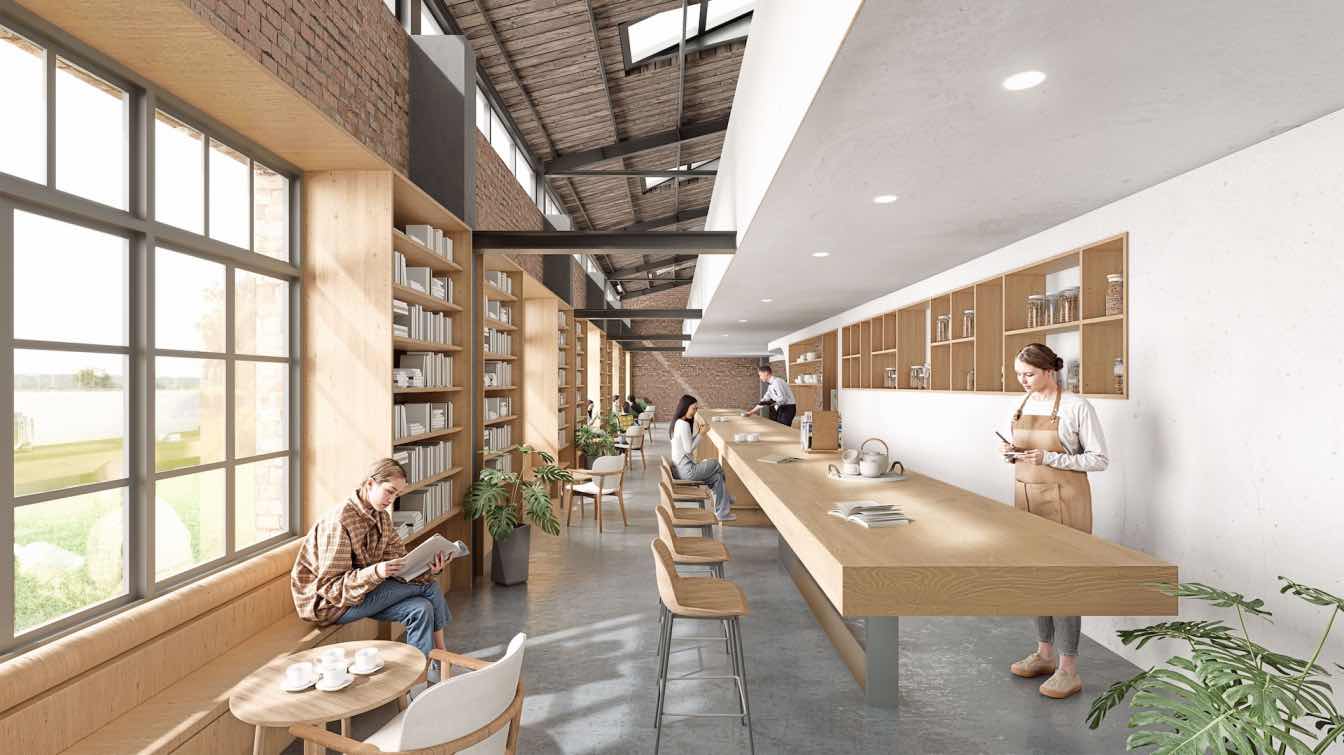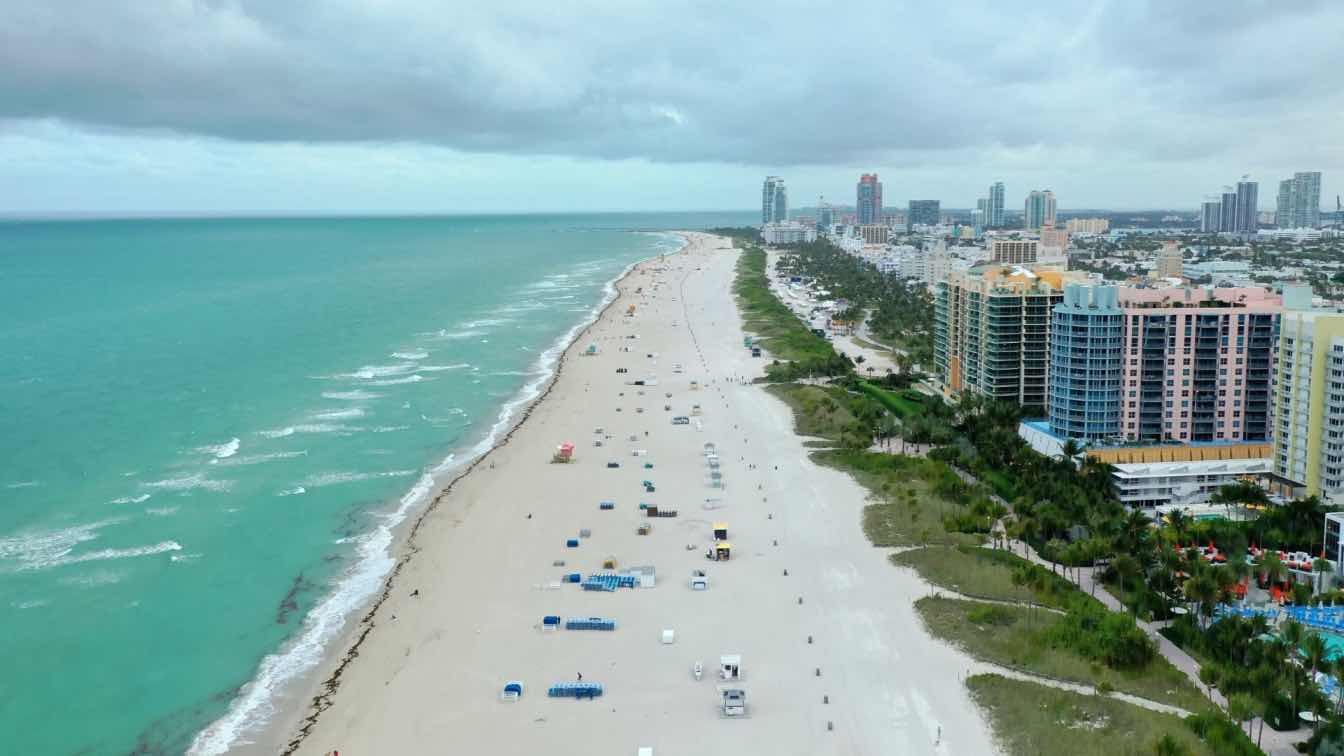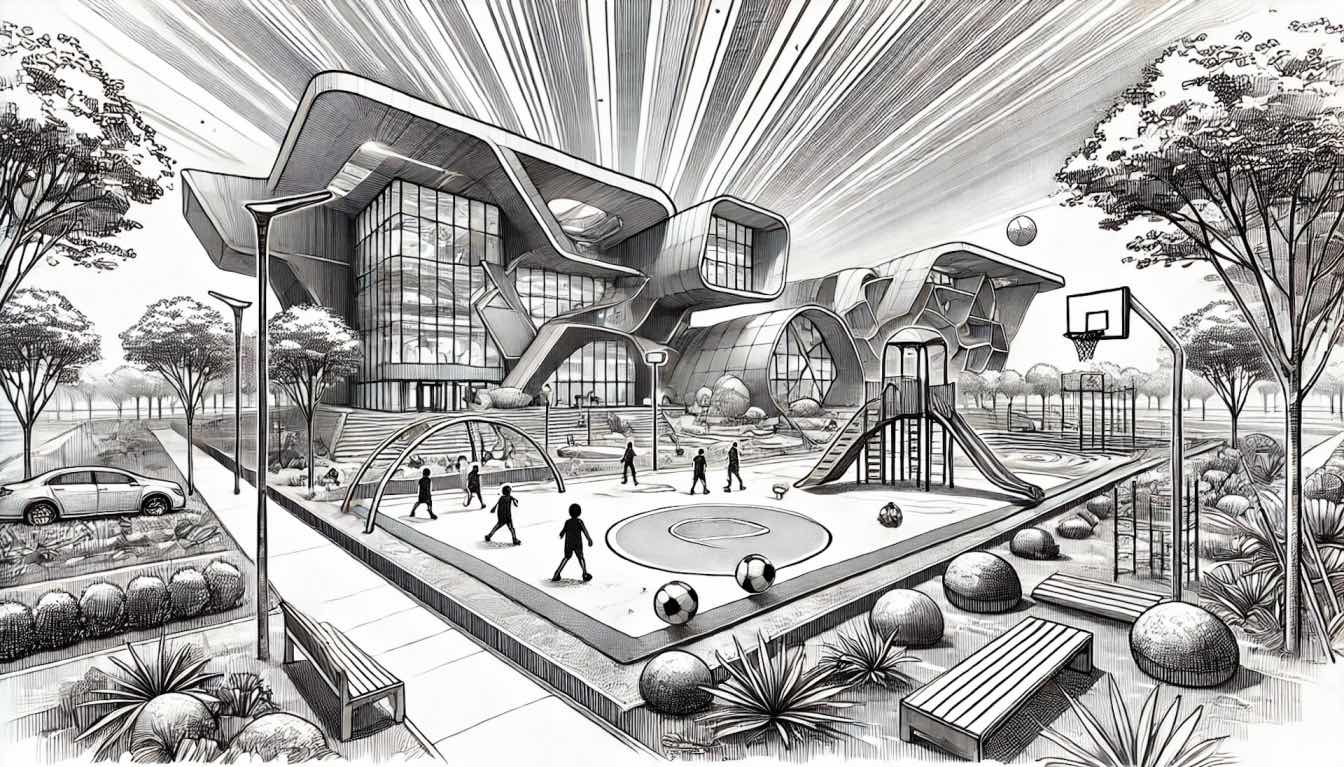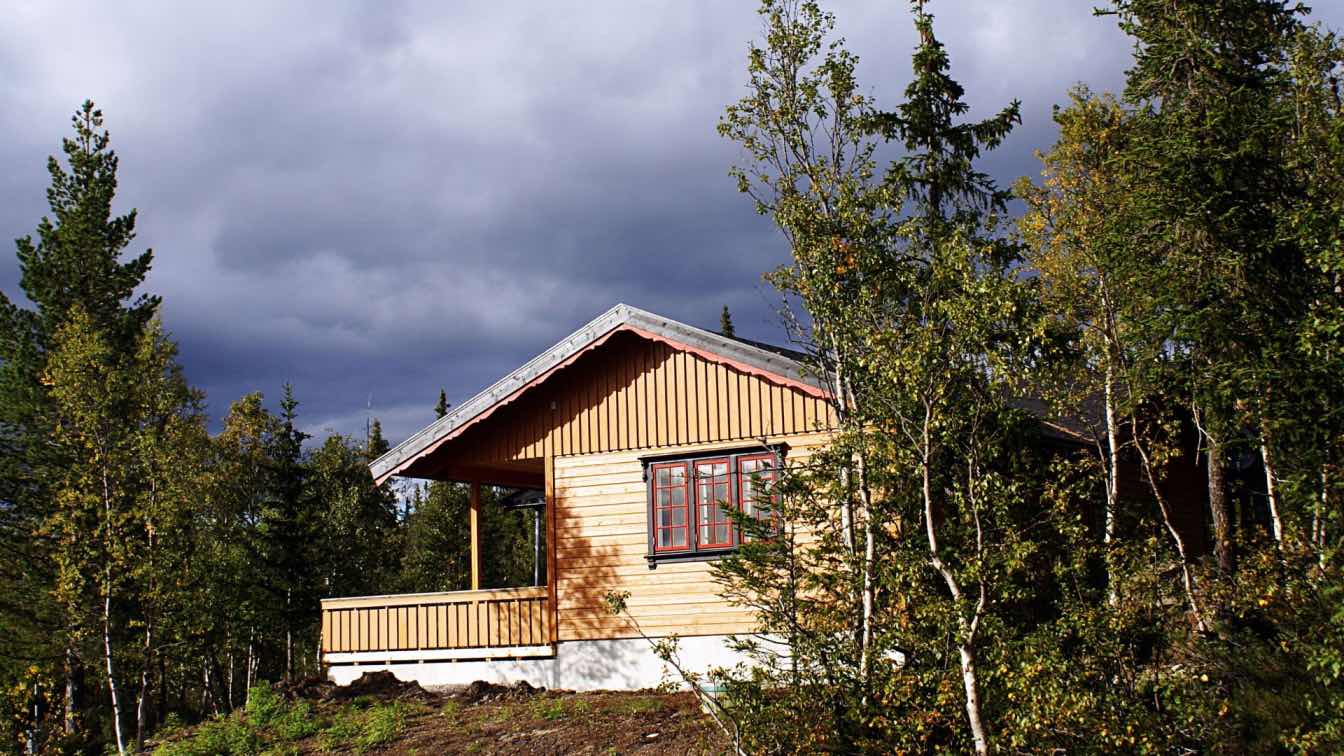Reframing Industrial Heritage
In the evolving discourse on urban regeneration and architectural sustainability, Zhaoxiong Han has emerged as a distinctive voice reshaping how post-industrial environments can be reclaimed for contemporary use. As a designer whose practice bridges adaptive reuse, cultural programming, and environmental performance, Han is recognized for his rigorous methodology and nuanced understanding of industrial heritage. Rather than approaching obsolete factories as relics to be erased, he advocates for strategies that transform them into dynamic civic spaces while preserving their material and historical integrity. His award-winning projects reflect a commitment to reimagining the role of architecture as both a vessel of collective memory and an instrument of social transformation.
A Philosophy of Preservation Through Activation
Han believes that industrial buildings are not merely inert structures but repositories of shared history. In his view, demolition is often a superficial response to complex urban challenges. Instead, adaptive reuse can unlock latent potential—economically, culturally, and environmentally—by creating frameworks where heritage and innovation coexist.

Transforming a Detroit Factory into a Civic Hub
This philosophy is evident in The Transformed Repository, an adaptive reuse of an abandoned Detroit factory into a civic library and cultural venue. The project has received international recognition, including the iF Design Award and the IDA Gold Award, for its innovative approach to integrating contemporary functions with historical fabric. One of Han’s central challenges was addressing the building’s deep-plan geometry and lack of daylight. Rather than subdividing the space into smaller rooms, he inserted lightweight steel-framed enclosures suspended within the main hall, generating zones for reading, gathering, and exhibition. Skylights were carefully calibrated using daylight simulation to create diffuse illumination and avoid glare, while operable vents enabled passive ventilation to reduce energy demand. The strategy balanced environmental performance with an authentic spatial experience, preserving the raw textures and monumental scale of the original structure.
Planning the Reinvention of Tianjin’s Dagu Shipyard
Han’s “preservation through activation” methodology extends to the urban scale. In Tianjin—a historic industrial port city—he developed a planning proposal for the transformation of the Dagu Shipyard. Established in the early 20th century, the shipyard was once a cornerstone of China’s maritime industry before falling into disuse. Rather than clearing the site, Han’s plan retained the massive slipways, steel gantries, and fabrication halls as integral landscape elements. Circulation routes were designed to guide visitors through the preserved industrial spaces, enabling them to understand the sequential processes of shipbuilding. Cultural and commercial functions—including exhibition venues, design studios, and public plazas—were inserted within and around these structures, establishing a dialogue between past and present. Infrastructure upgrades, such as district-scale energy systems and low-carbon transit corridors, further underscored the project’s sustainable ambitions.

A Scalable Model for Global Industrial Cities
Across these projects, Han has consistently employed a set of interrelated techniques: selective conservation of primary structural grids, spatial layering to generate new programmatic hierarchies, passive environmental strategies to reduce operational carbon, and interpretive sequencing to reinforce historical legibility. Rather than treating industrial heritage as static backdrop, he positions it as an active generator of identity and civic life.
These principles offer a replicable model for cities worldwide grappling with the decline of manufacturing and the need for meaningful reinvention. From Detroit to Tianjin, Han’s work demonstrates how adaptive reuse can reconcile growth with memory, producing environments that are socially inclusive, environmentally responsible, and culturally resonant. His approach underscores that in the 21st century, the most progressive architecture is not necessarily the newest, but the most thoughtfully transformed.







